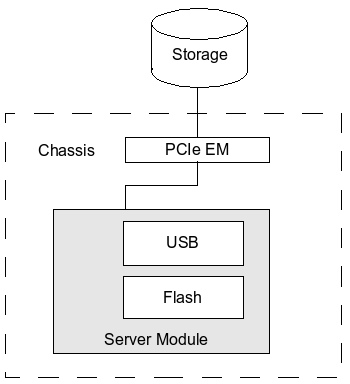| Skip Navigation Links | |
| Exit Print View | |

|
Sun Blade X6275 M2 Server Module Installation Guide for Linux Operating Systems |
| Skip Navigation Links | |
| Exit Print View | |

|
Sun Blade X6275 M2 Server Module Installation Guide for Linux Operating Systems |
About This Documentation (PDF and HTML)
Installing Oracle Linux from Distribution Media
How to Install Oracle Linux From a PXE Image
How to Install Required Drivers
How to Update the Oracle Linux Operating System
Installing Red Hat Enterprise Linux
RHEL Installation and Administration Documentation
How to Install the OS From the Distribution Media
How to Install RHEL From a PXE Image
How to Install Required Drivers
Installing the SLES Operating System
SLES Installation and Configuration Documentation
Installing the SLES OS From the Distribution Media
The following tables list the things you must decide before installing an operating system.
Where will you install the OS?
You can install an OS onto a flash module, a USB flash drive, or a storage device connected to a PCIe EM card.

|
Which installation method will you use?
|
Next Step